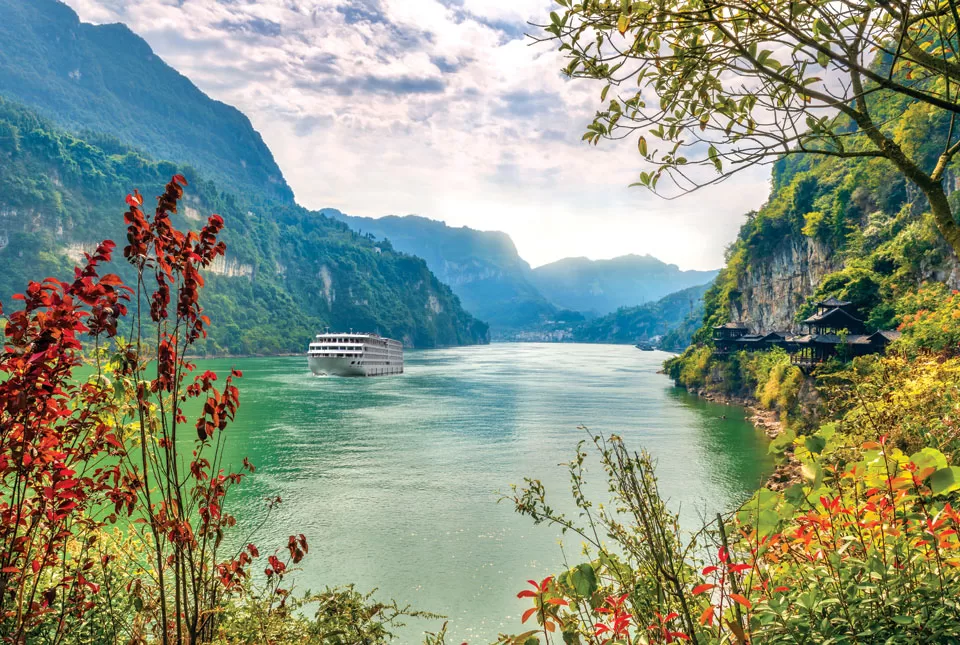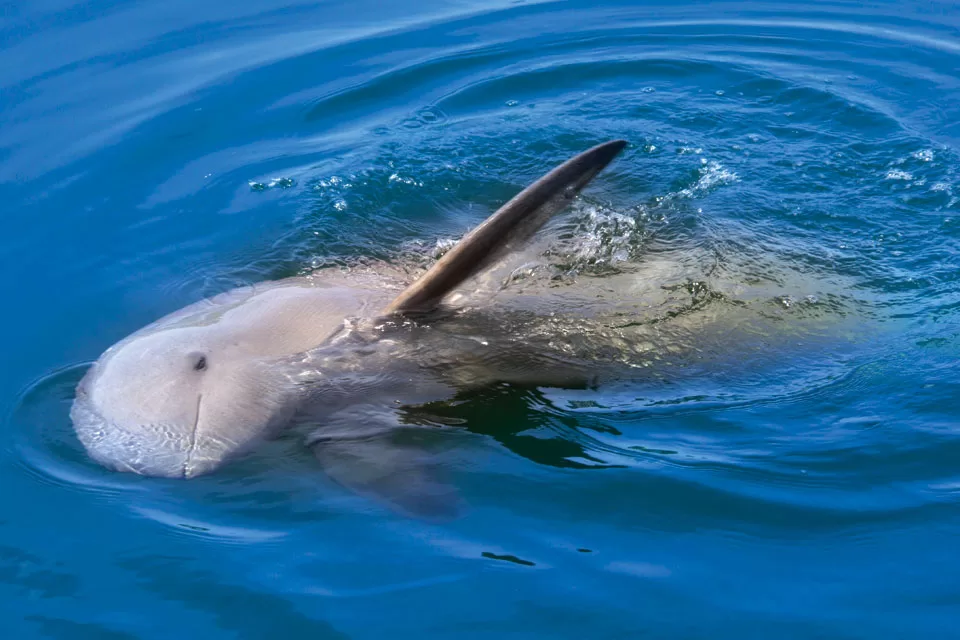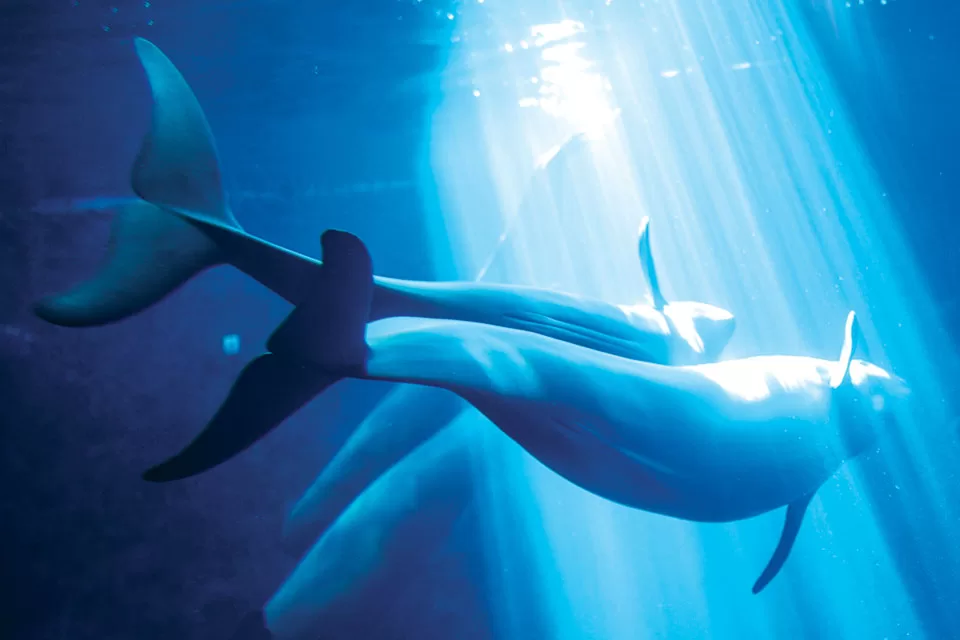
This finless porpoise is the world’s only fresh-water porpoise and it is critical to save this
species from extinction.
The Yangtze River, the longest river in Asia, used to be one of the only two rivers in the world that was home to two different species of dolphin – the Yangtze finless porpoise and the Baiji dolphin. However, in 2006 the Baiji dolphin was declared functionally extinct. This was the first time in history that an entire species of dolphin had been wiped off the planet because of human activity. Its close cousin, the Yangtze finless porpoise, is known for its mischievous smile and has a level of intelligence comparable to that of a gorilla.
Finless porpoises are primarily found in shallow, coastal waters and some rivers in the Indo-Pacific region. They prefer waters with sandy or soft bottoms and often inhabit estuaries, bays, and mangrove swamps.
The Yangtze river’s finless porpoise is one of the very few porpoises (relatives of dolphins and whales) that live in fresh water. Its small size and cute ‘smile’ make it much loved in China and beyond.


The finless porpoise is light blue-gray or gray-white in color and with a lifespan of around 20 years.
They have been observed to eat a variety of bottom-dwelling fish, crabs, shrimp, octopus, squid, and even cuttlefish. Their diet may vary depending on location and prey availability.
After years of rapid decline, the latest census shows that the population of the critically endangered Yangtze finless porpoise has remained almost stable in recent years – dropping very slightly to 1012 individuals from 1040 in 2012.
The porpoises are at risk from the same threats that the Baiji faced – including loss of food sources and boat collisions.
Porpoises are a good indicator of the health of their environment – if the river is overfished or polluted, the porpoises struggle to survive.
By protecting these porpoises we’re helping preserve healthy rivers and lakes – which a lot of people heavily rely on for food, provision of clean water and as a source of livelihoods.

